"Woman-octopus - François-rupert Carabin (1862-1932)"
Inkwell made in enamelled sandstoneFrance
height 17 cm
around 1894-1895
Carabin skilfully used the octopus motif, which he transformed into an inkwell. The naked woman surrounds the cephalopod with her legs.
The same model was exhibited in 1897, at the Salon of the National Society of Fine Arts (No. 42).
Another, belonging to Jules Maciet's donation, has been kept since 1903 at the Musée des Arts Décoratifs in Paris (inv. 10.718).
link from our web catalog:
https://galerietourbillon.com/carabin-francois-rupert-femme-pieuvre/
Tourbillon Gallery: Free Valuation - Buy and Sell at best prices
Biography :
François-Rupert Carabin (1862-1932) was a sculptor, medalist, goldsmith, cabinetmaker and photographer from Alsace. Carabin emigrated to Paris with his parents following the Franco-German War of 1870. He did not return to Alsace before taking the post of Director of the School of Decorative Arts in Strasbourg in 1920 : his training as an artist was only made in Paris. This training began with an apprenticeship at Jouanin, an engraver on cameos, from 1878 to 1882, then, this profession falling gradually into disuse, Carabin worked as a sculptor in the Faubourg Saint-Antoine. He also followed the evening drawing classes of Perrin. Between 1883 and 1885 he attended dissection halls at the Faculty of Medicine to study anatomy. There, he met a mortuary masker, Jules Talrich, who pushed him for a time to practice this profession to obtain a source of additional income. Carabin frequented the cabarets and cafes of Montmartre ("The Black Cat", "The New Athens"...) and collaborated with Henri de Toulouse-Lautrec between 1892 and 1894 to produce works on the theme of brothels. The 1910s saw Carabin's success, but with the First World War, orders became scarce. In 1916, he had a violent haemorrhage which diminished him appreciably. Nevertheless, in order to support his family, he entered Dunlop as an advertising agent in 1916. The character retained his erotic inspiration since in 1919 he exhibited at the Salon of the National Society of Fine Arts a box with the theme of Sapphic love, entitled "Chaste look, leave me closed".
After the war, and with the return of Alsace to France, François-Rupert Carabin returned to Strasbourg and held the post of Director of the School of Decorative Arts in Strasbourg from 1920 until his death in 1932. During these thirteen years, he seemed to devote himself almost exclusively to teaching. His artistic production dried up considerably during the 1920s: he seemed to have abandoned the wood carving and the furniture pieces that made his reputation for making some wax statuettes, in line with the "Loïe Fuller" series. such as "The Racquet Player" or "The Javelin Thrower". It is known to him only two monumental works from 1920, the War Memorial of Saverne and that of Lutzelbourg.
His experience as a woodcarver made him aware of the problems of mass production of furniture copying the old styles, Carabin announced early his desire to "make the furniture unique, adapted to our needs, occupy the final place for which it would be designed and as ornamentation as subjects adapted to its destination. Carabin's concerns were in tune with the late nineteenth-century decorative arts revival movement, which sought to create a new style to end the pastiche of old styles. In line with the renovators of the decorative arts, Carabin was not limited to furniture and explored other forms of art, such as sculpture of bronze statuettes, with the series of "Loïe Fuller", and even ceramics. His task was not easy: the group of Independents, including Carabin who was one of the founders, refused to expose his bookcase made for Montandon, just because "the following year we could sent pots room! ". The year 1891 saw the decorative arts admitted to exhibit at the Salon des Beaux-Arts, which allowed Carabin to present his bookcase. In the 1890s, Carabin was part of the artist group, initially called The Five (then Society of Six), which in 1898 was transformed into an artistic movement, "Art in Everything", with the contribution of Tony Selmersheim, Henri Sauvage, Étienne Moreau-Nélaton, Jules Desbois, Paul Follot and René Guilleré. From 1893, he exhibited each year at the Salon of Free Aesthetics in Brussels and began to acquire some official recognition: the same year, he obtained the academic palms, followed by the Legion of Honor in 1903. Throughout his career, Carabin reflected on the question of the decorative arts, their teaching, the means to ensure their renewal in France. He openly criticized the division between "great art" and the decorative arts, relegated to the rank of industrial art during exhibitions.


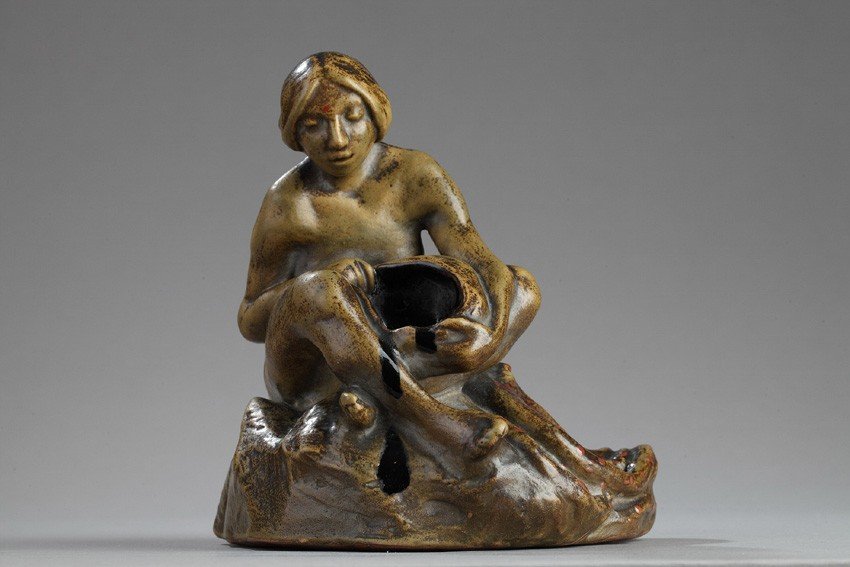
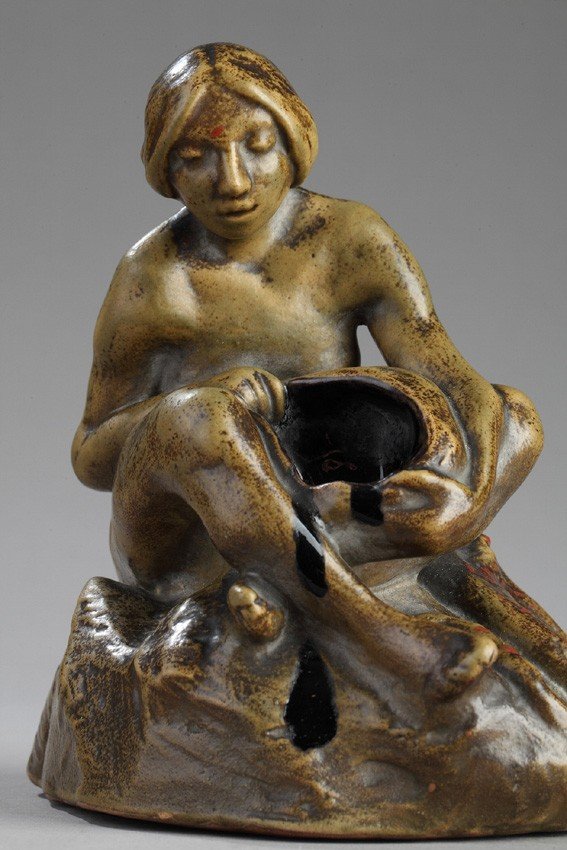



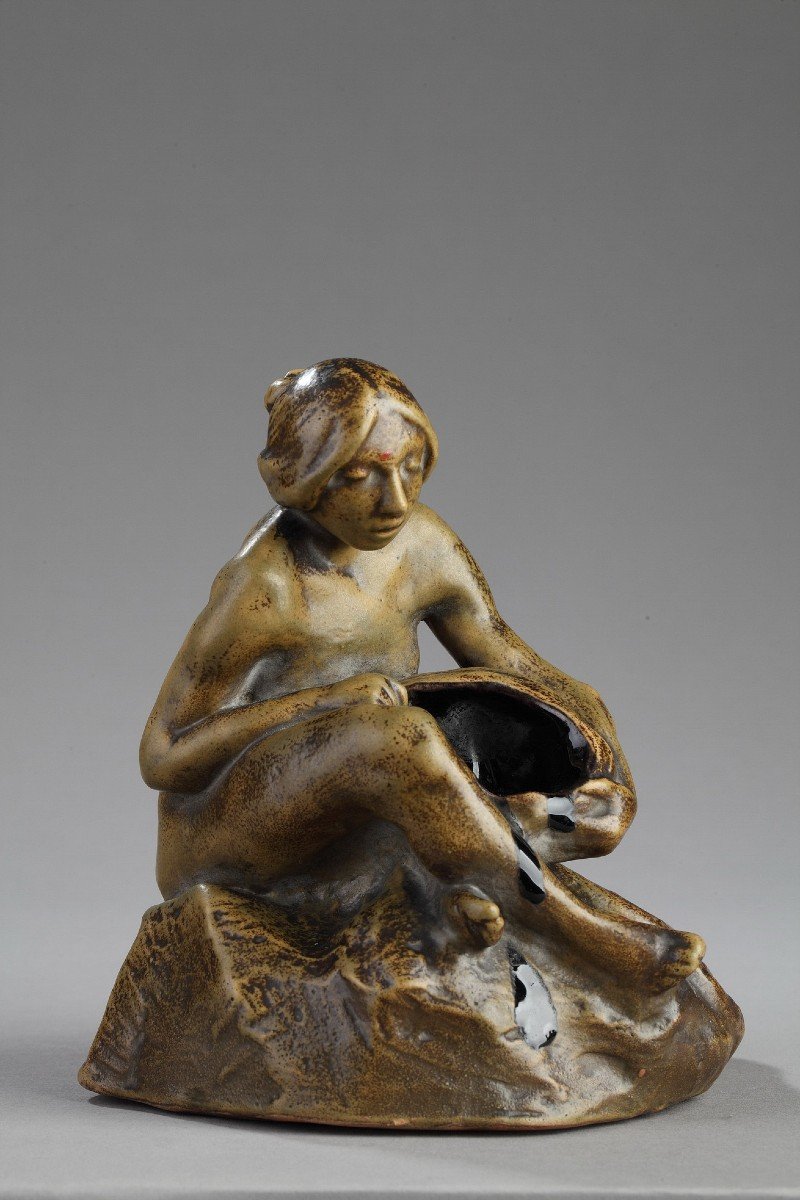









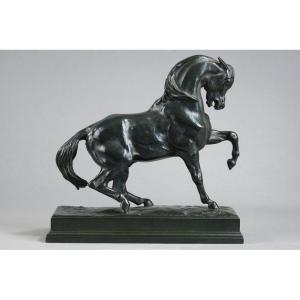

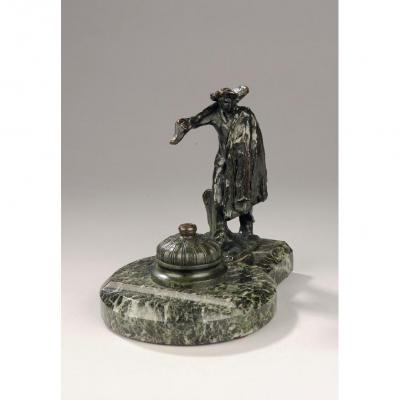
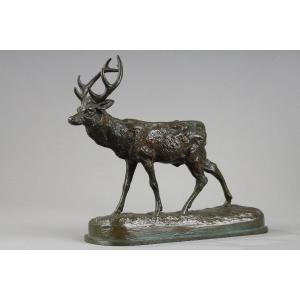
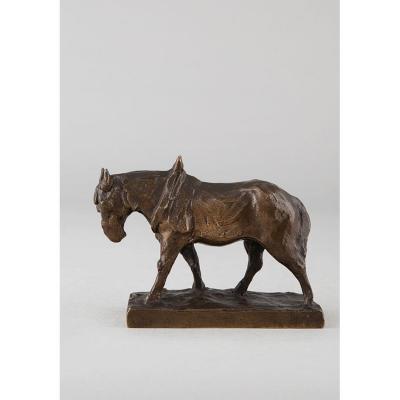
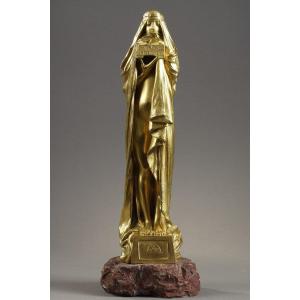

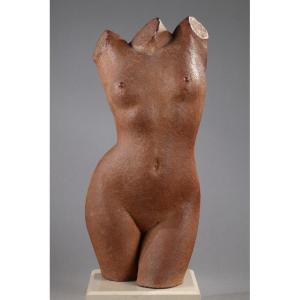
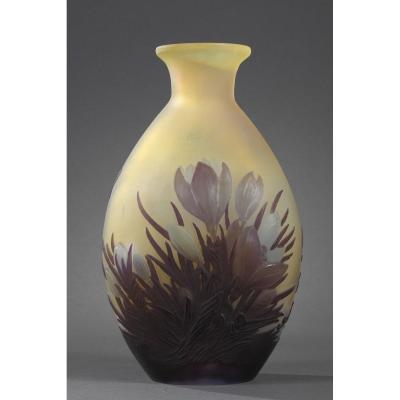
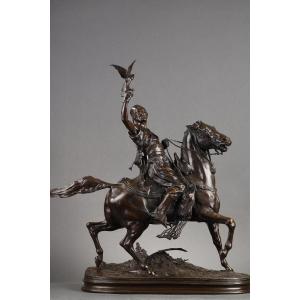
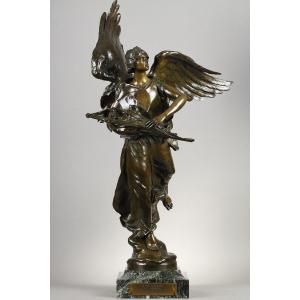
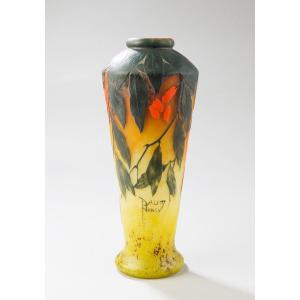
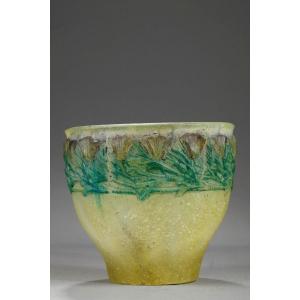

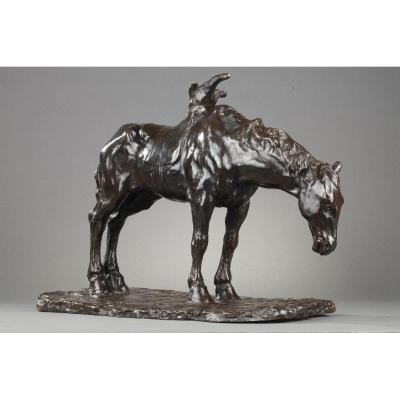
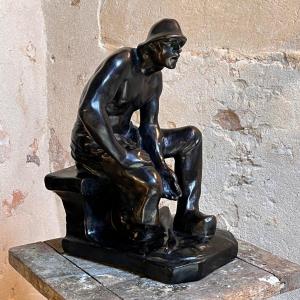
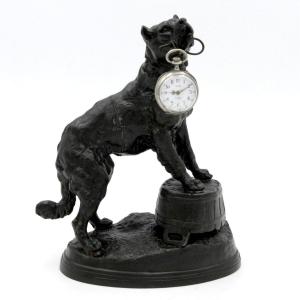

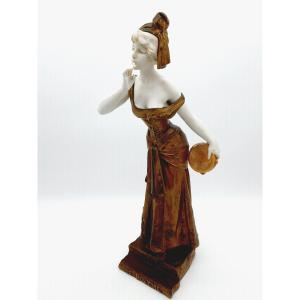





 Le Magazine
Le Magazine Rivista Artiquariato
Rivista Artiquariato TRÉSORS magazine
TRÉSORS magazine